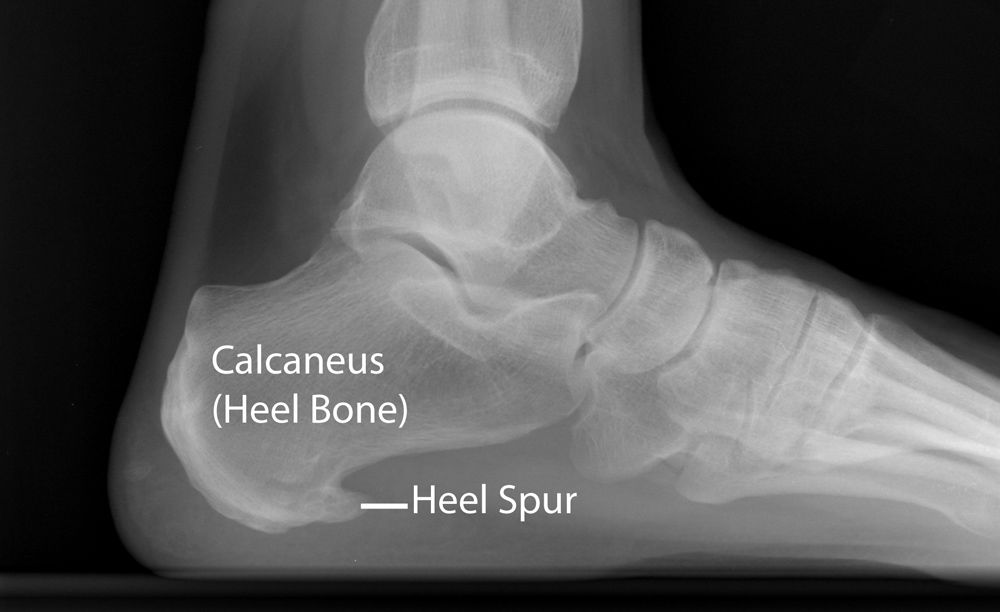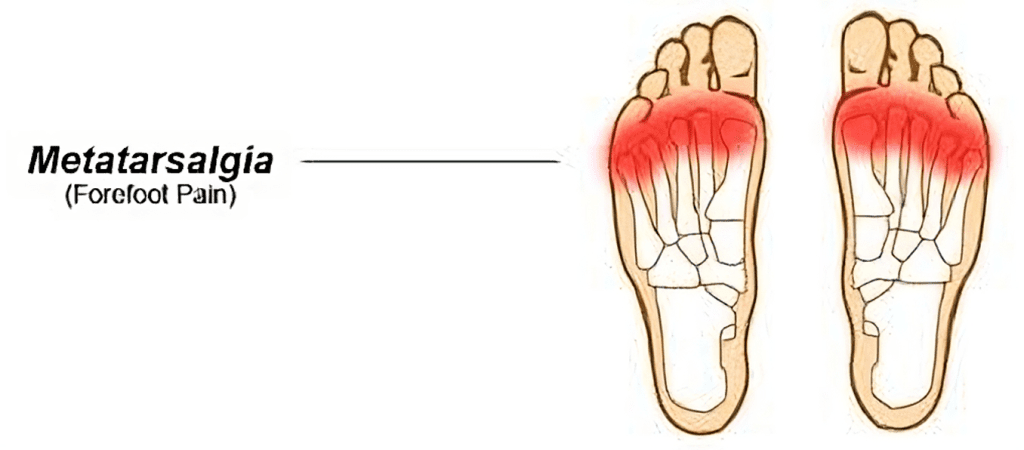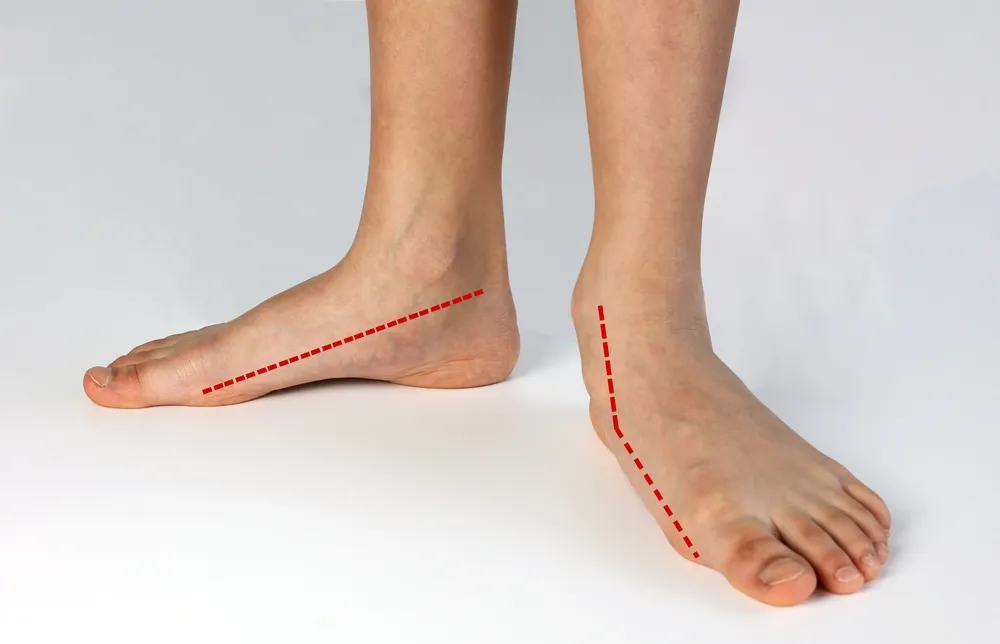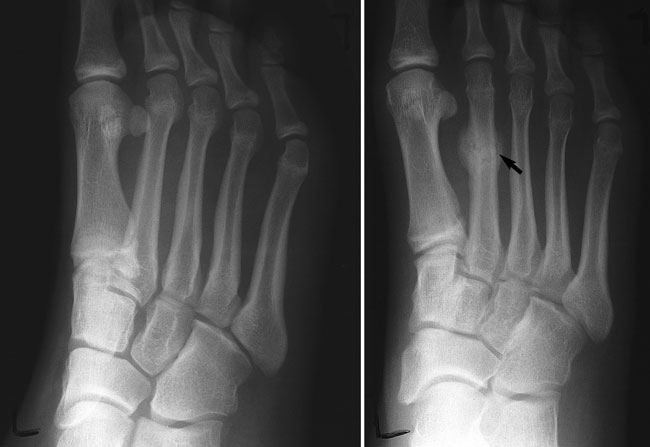Foot pain is a common issue that affects people of all ages and lifestyles. Whether it’s caused by injury, overuse, or an underlying medical condition, foot pain can significantly impact your daily activities and overall quality of life. In this article, we’ll explore ten common reasons for foot pain and offer practical solutions to help you alleviate discomfort and maintain healthy feet.

Understanding Common Causes of Foot Pain
Foot pain can arise from a variety of factors, ranging from biomechanical problems to inflammatory conditions. Understanding the root cause of your foot pain is the first step in finding an effective solution. Let’s dive into some of the most common causes of foot pain and how you can fix them.
1. Plantar Fasciitis
Plantar fasciitis is a leading cause of foot pain, especially in the heel. This condition occurs when the plantar fascia, a thick band of tissue running across the bottom of the foot, becomes inflamed. The pain is often worse with the first steps in the morning or after long periods of rest.
How to Fix Plantar Fasciitis
To manage plantar fasciitis, rest is crucial. Ice application, stretching exercises for the calf and foot, and supportive footwear with arch support can help relieve symptoms. In some cases, physical therapy or corticosteroid injections may be necessary for more severe cases.
2. Bunions
Bunions are bony bumps that develop on the joint at the base of the big toe. They can be painful, cause swelling, and make it difficult to wear certain shoes. Over time, bunions can worsen, leading to more discomfort.
How to Fix Bunions
Wearing shoes with a wide toe box can help alleviate bunion pain. Padding the affected area and using orthotic inserts can also provide relief. Anti-inflammatory medications may reduce swelling. In severe cases, surgical intervention may be required to correct the deformity.
3. Corns and Calluses
Corns and calluses are thickened layers of skin caused by repetitive friction or pressure, often from poorly fitting shoes. These can develop on the toes or soles of the feet, causing discomfort and pain.
How to Fix Corns and Calluses
Soaking your feet in warm water and gently using a pumice stone can help reduce corns and calluses. Moisturizing lotions can soften the skin, while wearing well-fitting shoes and using protective pads can prevent future occurrences.
4. Heel Spurs
Heel spurs are bony outgrowths that develop on the underside of the heel bone, often in conjunction with plantar fasciitis. These spurs can cause sharp pain, particularly when standing or walking.

How to Fix Heel Spurs
Treating heel spurs involves rest, ice application, and stretching exercises to reduce strain on the heel. Orthotic inserts can provide additional support, and in severe cases, surgery may be required to remove the spur.
5. Achilles Tendinitis
Achilles tendinitis occurs when the Achilles tendon, which connects the calf muscles to the heel bone, becomes inflamed. This condition causes pain and stiffness in the back of the heel and lower leg, especially after activity.
How to Fix Achilles Tendinitis
Resting the affected area, applying ice, and taking anti-inflammatory medications can help reduce pain and swelling. Stretching and strengthening exercises, physical therapy, and wearing supportive shoes can aid in recovery. In more serious cases, a brace or surgery may be necessary.
6. Metatarsalgia
Metatarsalgia is characterized by pain and inflammation in the ball of the foot. It is often caused by overuse, high-impact activities, or wearing ill-fitting shoes. The pain can feel like a burning or aching sensation.

How to Fix Metatarsalgia
Rest, ice, and over-the-counter pain relievers are effective treatments for metatarsalgia. Insoles or arch supports can help distribute pressure more evenly across the foot. Switching to lower-impact activities and wearing cushioned shoes can also prevent further irritation.
7. Morton’s Neuroma
Morton’s neuroma is a painful condition involving a thickening of tissue around a nerve leading to the toes, typically between the third and fourth toes. Symptoms include sharp, burning pain or numbness.
How to Fix Morton’s Neuroma
Treatment for Morton’s neuroma includes wearing shoes with a wider toe box and using orthotic inserts to reduce pressure on the affected area. Anti-inflammatory medications and corticosteroid injections can alleviate pain. In severe cases, surgery may be needed to remove the affected tissue.
8. Flat Feet
Flat feet, or fallen arches, occur when the arches of the feet collapse, causing the entire foot to come into contact with the ground. This can lead to pain in the arches and heels and may cause discomfort during walking or standing.

How to Fix Flat Feet
Supportive shoes or custom orthotics can help alleviate discomfort caused by flat feet. Strengthening exercises for the feet and ankles can also improve arch support. Weight management and physical therapy can further reduce pain and improve mobility.
9. Gout
Gout is a form of arthritis caused by the buildup of uric acid crystals in the joints, commonly affecting the big toe. It can cause sudden, intense pain, swelling, and redness in the affected joint.
How to Fix Gout
Medications that reduce uric acid levels and inflammation are the primary treatments for gout. Lifestyle changes, such as avoiding foods high in purines (like red meat and shellfish), staying hydrated, and maintaining a healthy weight, can help prevent future gout attacks.
10. Stress Fractures
Stress fractures are small cracks in the bones caused by repetitive force or overuse. They are common in athletes and can lead to localized pain, swelling, and tenderness in the foot.

How to Fix Stress Fractures
Resting and avoiding weight-bearing activities are critical for healing stress fractures. Ice and over-the-counter pain relievers can manage pain. Wearing a protective boot or brace and gradually resuming activity under medical supervision can ensure proper recovery.
Preventive Measures for Foot Pain
Preventing foot pain begins with taking care of your feet. Wear shoes that fit properly and provide adequate support. Incorporate foot-strengthening and stretching exercises into your routine to maintain flexibility and strength. Maintaining a healthy weight can also reduce pressure on your feet and prevent issues such as flat feet and stress fractures.
When to Seek Medical Attention

If foot pain persists or is accompanied by swelling, redness, or difficulty walking, it’s important to seek medical attention. Early diagnosis and treatment can prevent complications and help you recover more quickly. If you experience numbness, tingling, or sharp, persistent pain, don’t hesitate to consult a healthcare professional.
Conclusion
Foot pain can be a debilitating condition, but understanding its causes and taking the right steps to address it can significantly improve your quality of life. Whether you’re dealing with plantar fasciitis, bunions, or gout, the key to recovery lies in early intervention and appropriate care. By adopting preventive measures and treating issues as they arise, you can maintain healthy, pain-free feet for years to come. Don’t ignore persistent foot pain—take action and protect your foot health today!


